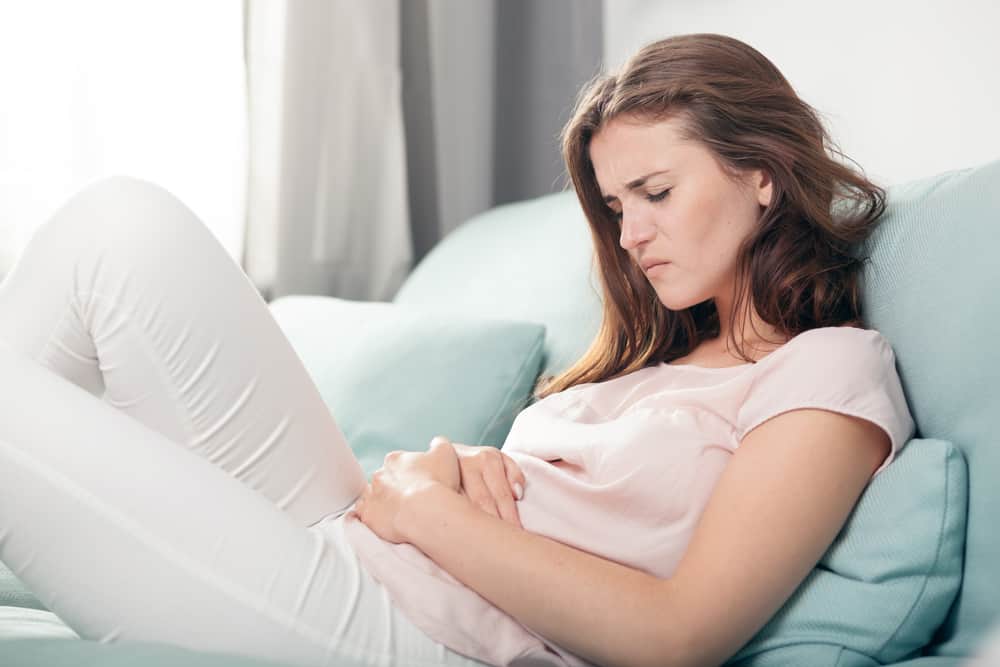Ozempic and nausea … unfortunately, they often come as a pair. (Kind of like cute boots, but not in a good way.) In fact, nausea is an unpleasant side effect that affects up to 50% of GLP-1 users. But knowing that you’re not alone doesn’t make it any less bothersome or annoying.
Fast facts about Ozempic and nausea
So here are some basic facts you need to know about this unpleasant side effect….
- GLP-1-related nausea is usually temporary.
- It ranges from infrequent and mild to persistent and more severe. (If it’s quite severe or getting worse, contact your clinician.)
- Other abdominal issues can come along with it (e.g. mild stomach ache, heartburn, diarrhea, constipation, bloating/gas, and more rarely, vomiting).
- The most common times to experience nausea are when you first start taking your medication; after a dose escalation; after shifting from one medication to another; or after overindulging at a meal.
- You might experience nausea when taking a GLP-1 even if it’s not your first time taking this class of medication.
Why is nausea a side effect?
To address the nausea that may accompany taking Ozempic and other GLP-s, it’s important to understand why it’s happening—and why it’s normal.
There are two main reasons why people experience nausea on GLP-1s.
The first reason is related to slowed gastric emptying. Slowed gastric emptying means that the food you eat stays in your stomach for longer. It’s one of the ways that GLP-1s work.
Because of slowed gastric emptying, you feel fuller with less food. But, sometimes, you might not just feel a little bit fuller. You might feel extremely full—or outright nauseated.
The second reason you might experience nausea on GLP-1s is that the medication causes your pancreas to release more insulin, especially after you’ve eaten starches or sugars (carbs). This can cause blood sugar to drop for some people, especially those on diabetes medications (the technical term is hypoglycemia). And one of the side effects of hypoglycemia is nausea.
Nipping nausea in the bud
Alright, ready to take action? Let’s explore 5 strategies for mitigating GLP-1-related nausea. In no time, you’ll be focused less on side effects and more on your progress toward your weight loss goals.
- Eat much smaller portions. Think: mini-meals. You can eat the same amount of food throughout the day, but break it up into smaller meals.
- Pause your eating when you feel around 50% full. Take a breather for at least an hour, and if you’re still hungry then try another mini-meal.
- Practice mindful eating. Put your fork down for a count of 10 between bites.
- Separate your drinking and eating. Drink water 30-60 minutes before a meal or snack, or once you’re done eating.
- Avoid eating excess carbohydrates. This strategy is the most useful if your nausea is caused by hypoglycemia. Carbohydrates will cause your medication to stimulate the release of even more insulin. So, try sticking with lean proteins, green veggies, and healthy fats.
Consult your doctor if you’ve tried all these strategies, and after days (or even weeks) you and your stomach are still not feeling at ease.
As always, every body is different. So, try out some different tactics, and see which ones do the most to take you from queasy to breezy.
Get access to Ozempic through Noom Med
Push past plateaus with the power of NEW breakthrough medical treatments + Noom's proven psychological support. Not all customers will medically qualify for prescription medications, but finding out if you qualify is free with the Noom quiz.

Note: Ozempic is not FDA approved to treat obesity or for weight loss.
——–

Linda Anegawa, MD is Noom’s Chief Medical Officer where she brings decades of experience in academic primary care, bariatrics, advisory board service, and leadership in digital health. She is certified by the American Board of Obesity Medicine and the National Board of Physicians and Surgeons, and is a Fellow of the American College of Physicians.





